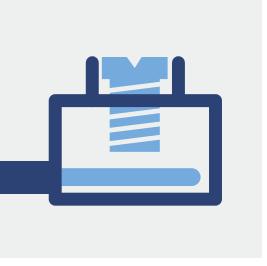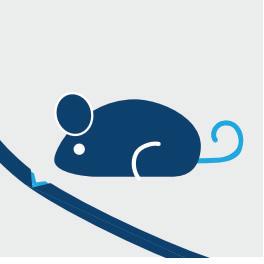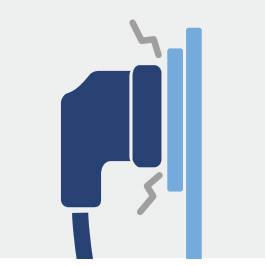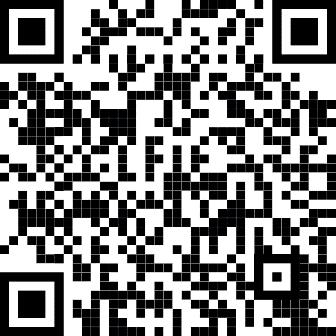
1 minute read
ARC FAULTS & AFDDS
Although they are not new devices, with AFDD technology being in use throughout Europe and the USA for some time, these products have become more prominent in UK electrical installations since the publication of the BS7671 2018 Amendment 2, in September 2022.




WHAT IS AN ARC FAULT?
An electrical arc is created in the gap between two conductors. In this situation, when a current has a high voltage, a constant arc will form resulting in the air turning from gas to plasma. This will create temperatures of up to 6000°C. If the arc is unintentional, they can result in fires that can damage property and produce a danger to life.


WHAT ARE THE TWO TYPES OF ARC FAULTS AN AFDD WILL DETECT?
There are two different types of arc faults that can occur:

■ Parallel arc faults happen when damage caused to cable insulation allows current to flow between conductors, most likely line and neutral.

■ Series arc faults happen in loose terminal connections, damaged conductors etc.



WHAT IS AFDD PROTECTION?
To keep things simple, AFDDs are a type of protective device installed at the origin of an installation (in the consumer unit) to protect the circuits from damage arising from arc faults.
AFDD devices are designed to operate with both series and parallel circuit arc faults. These protective devices do not have an electromagnetic operation, like the trigger used in circuit breakers and RCDs, but instead make use of electronic technology to evaluate the signature of an arc within the waveform of the circuit.
BS7671 2018 Amendment 2:2022 stipulates that it is now a requirement to protect single phase AC final circuits supplying socket-outlets with a rated current not exceeding 32A within certain installations.
Scan Here

To check out Hager’s AFDD ProTools
CLASSROOM ACTIVITY:
Research and write a report on the following, with regards to AFDDs:
■ Advantages and Disadvantages
■ How are they installed?
■ Are any specialist tools required?
■ Give an example of where you would install AFDDs
■ Are they mandatory?
■ What do the Regulations say?
YOU ARE TO….
■ Utilise your session to use the internet and research these items and produce a typed assignment
■ Include images in your answers
■ Submit your finished assignment to your tutor.
Feedback will be given.
Quick Quiz
Q1 On which circuits are AFDDs mandatory?
Answer:
Q2 Where should an AFDD be fitted?
Answer:
Q3 What are the two types of arc fault an AFDD will detect?
Answer:
Q4 In which four building types are AFDD mandatory?
1. Higher Risk Residential Buildings (HRRBs)
2. Purpose Built Student Accommodation
3. Care Homes
4. Homes in Multiple Occupation
Answer: Go to sparks-magazine.co.uk to download exercise answers for free










